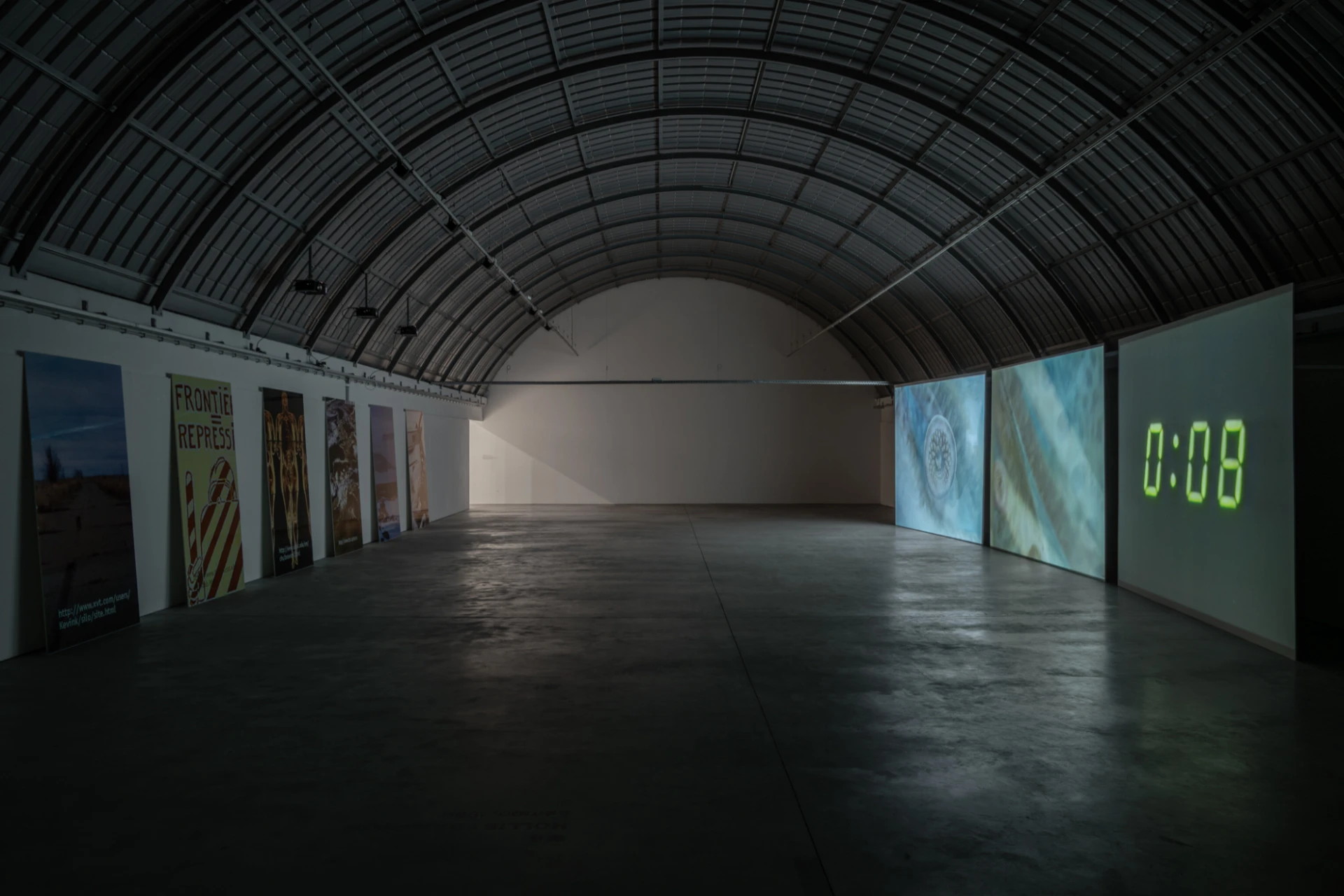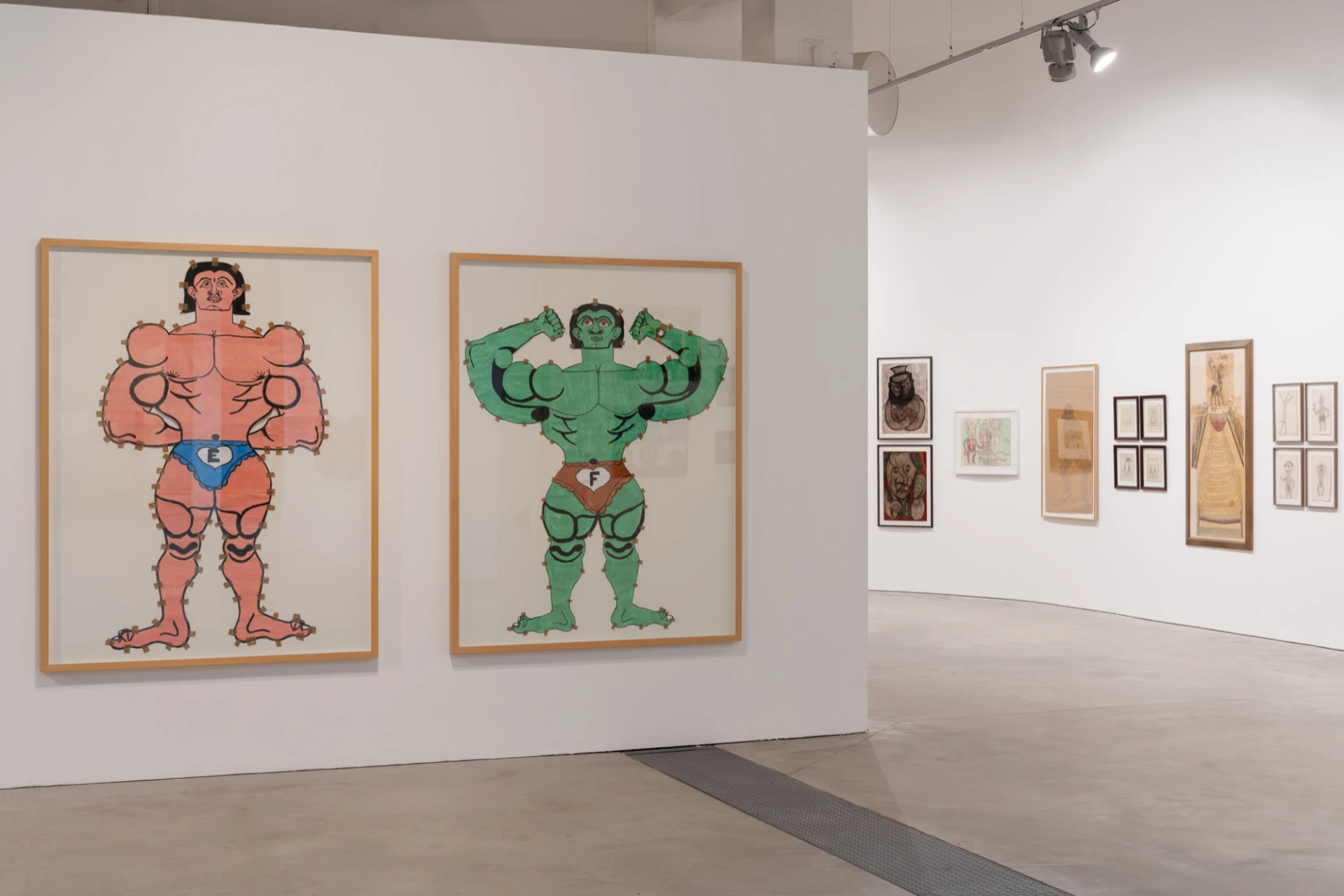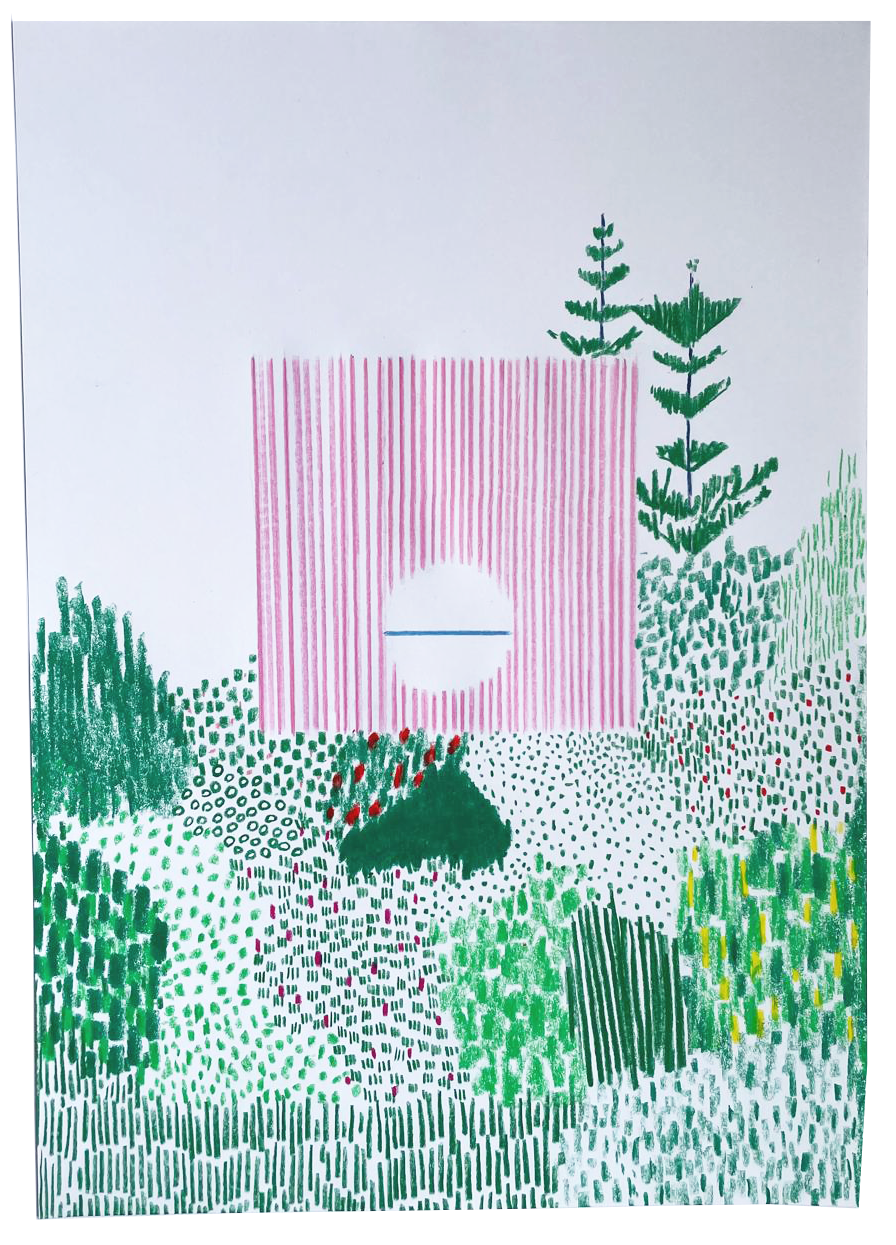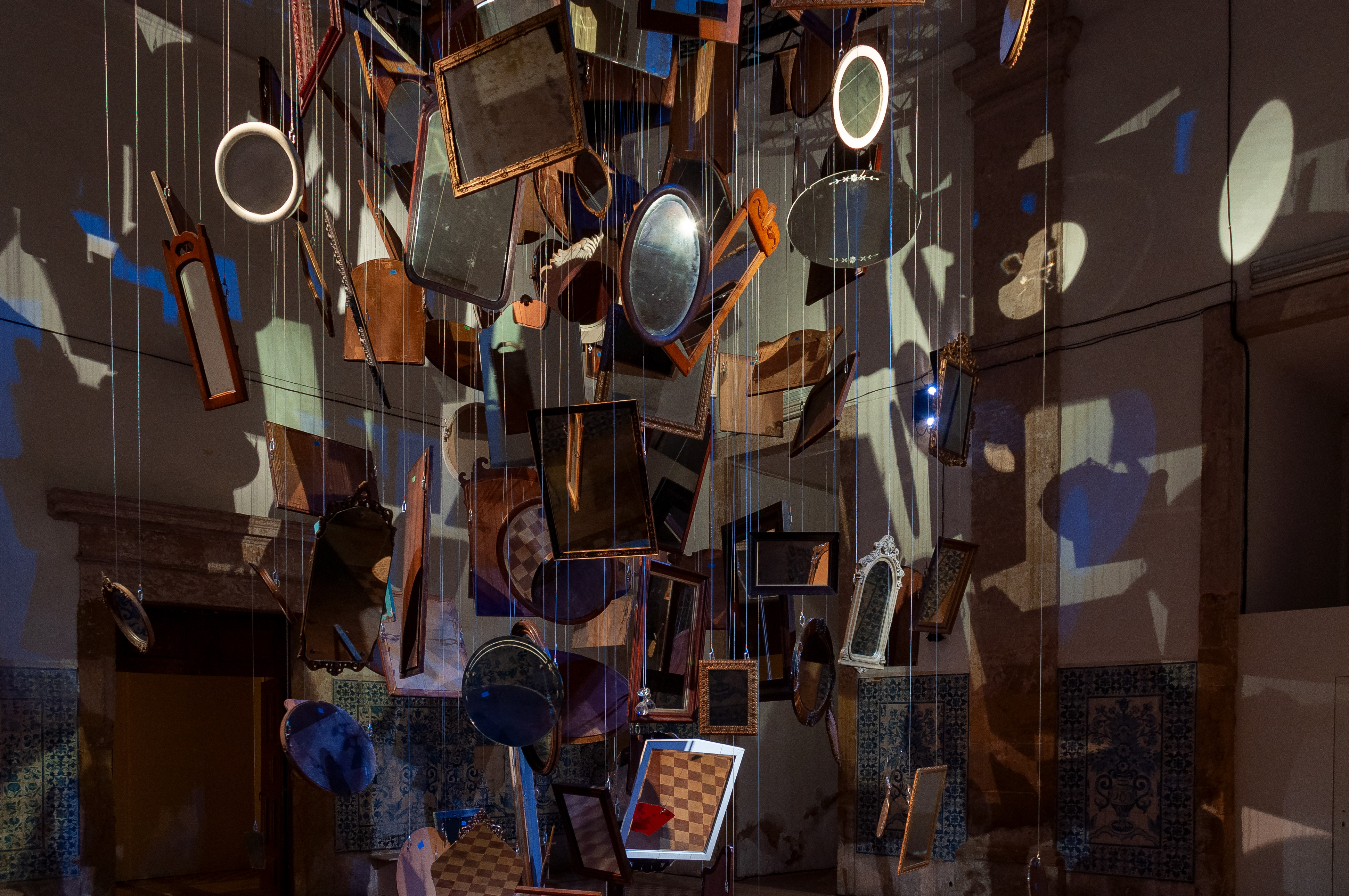article
Espírito Singular at the Centro de Arte Oliva
Following the impact of "L'Esprit Singullier" in 2024 at the Halle Saint Pierre, a Parisian gallery specializing in Art Brut, Singular Art, and Pop Culture, the exhibition is now on display at the Oliva Art Center (São João da Madeira) under the title "Espírito Singular", showcasing approximately 250 works from the Treger Saint Silvestre Collection, one of the most important private collections of Art Brut and Singular Art in the world.
The importance and contribution of the Paris exhibition to the collection's visibility and the growing interest in Art Brut within the artistic and museum community justify the second presentation at the Centro de Arte Oliva, with the aim of fostering collaborative networks, providing continued access to the works, and integrating them into an active and recognized European cultural circuit.
On deposit at the Centro de Arte Oliva, since 2014, the Treger Saint Silvestre Collection, a collection of 1,700 works assembled over 40 years by Richard Treger and António Saint Silvestre, presents works by artists who operate outside conventional artistic circles, freed from canons and formative influences. Established from the notion of Brut Art, coined by Jean Dubuffet in 1946 to define a countercultural movement produced by people without artistic training and whose social and mental alterity removed them from the dominant cultural currents, the works in the Treger Saint Silvestre Collection promote reflection on the concept of art, the discovery of free and compulsive creative expressions, and a broadening of our artistic horizons.
A selection from this collection, Espírito Singular reveals creators who, while mostly self-taught, imposed their own rules on art, both in the choice of materials and techniques used and in the themes represented. The selection of works on display ranges from artists associated with the founding moments of Art Brut to authors from more recent and diverse contexts, expanding the possibilities for interpreting this creative field. Curated by Martine Lusardy, director of Halle Saint Pierre, the Portuguese exhibition highlights, in addition to painting and sculpture, the influence of Art Brut on contemporary artistic practices such as photography.
Between drawings, paintings, sculptures, accumulations of objects, collages and photographs, we delve into a visual and emotional journey through the creative universes of one hundred authors whose works explore and reveal inner worlds, passions, anxieties, dreams and revolts. If some of the works on display attract attention due to their naive, colorful and vibrant character, such as the enormous muscular male figures – os bodybuilders – by Misleidys Pedroso (1985) painted on cardboard, cut out and glued at the edges with small pieces of brown tape, and the surrealist ceramic pieces by the Portuguese artist Mónica Machado (1966) which, inspired by the imagery of popular culture, seem to float above their supports in a profusion of colorful shapes and figures, others provoke a feeling of discomfort and restlessness in the visitor, an example of which is the pictorial universe of Dado (1933-2010) when portraying human violence.
In another exhibition, photography emerges as an artistic expression within the world of Art Brut in the performative portraits and self-portraits of Machcinski (1942-2022), who transforms himself into fictional or appropriated characters, and of Bascoulard (1913-1978), in which he questions distinctions and gender issues. Still in the field of photography, highlights include the staged photographs of Eugene von Bruenchenhein (1910-1983) of his wife, in a style that ranges from the naive to the erotic, and the powerful and macabre images of Cuban artist Jorge Alberto Cadi (1963), which include crosses, severed heads, and hand-sewn eyes as a way of revealing hidden meanings in family scenes.
Of particular note are the drawings by the most renowned Portuguese artist of Art Brut in Portugal and abroad, Jaime Fernandes (1899-1969), whose meticulous and repetitive gestures give form to dense human figures with intense gazes, half-open mouths and fallen or raised arms, occupying the entirety of the reduced dimensions of the sheets of paper.
Imposing itself through the representation of the diversity of Brut Art and its multiple expressions, Espírito Singular presents us with works that reflect a deep and personal involvement of its authors with artistic expression, the result of their unique life trajectories, where the conventional gives way to the authentic and the original.
The exhibition is open until November 23.
BIOGRAPHY
Mafalda Teixeira, Master’s Degree in History of Art, Heritage and Visual Culture from the Faculty of Letters of the University of Porto. She has an internship and worked in the Temporary Exhibitions department of the Museu d’Art Contemporani de Barcelona. During the master’s degree, she did a curricular internship in production at the Municipal Gallery of Oporto. Currently, she is devoted to research in the History of Modern and Contemporary Art, and publishes scientific articles.
ADVERTISING
Previous
interview
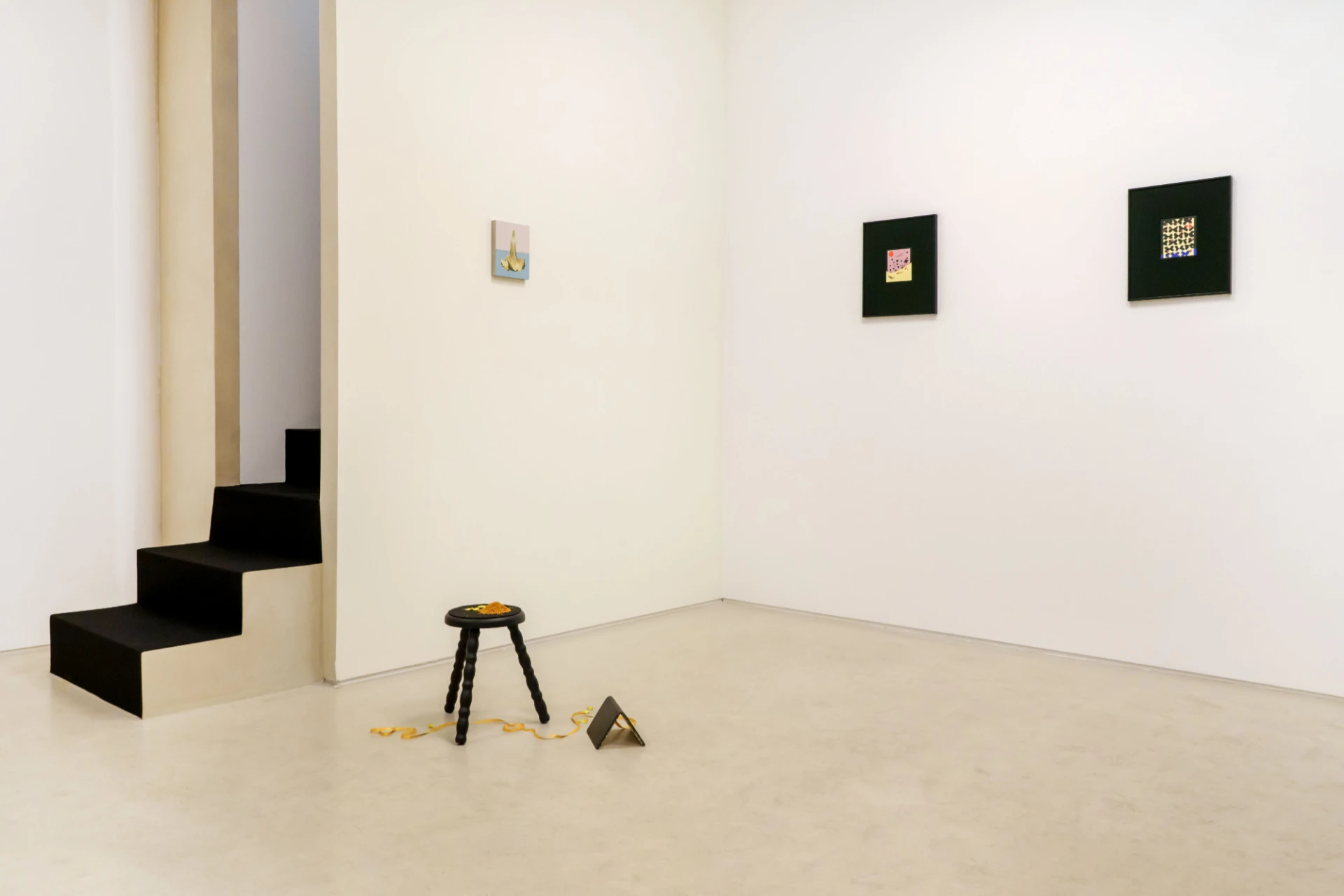
23 Sep 2025
Interview with Francisca Valador, author of Umbigo´s monthly cover
By Diogo E S Dietl
Next
article
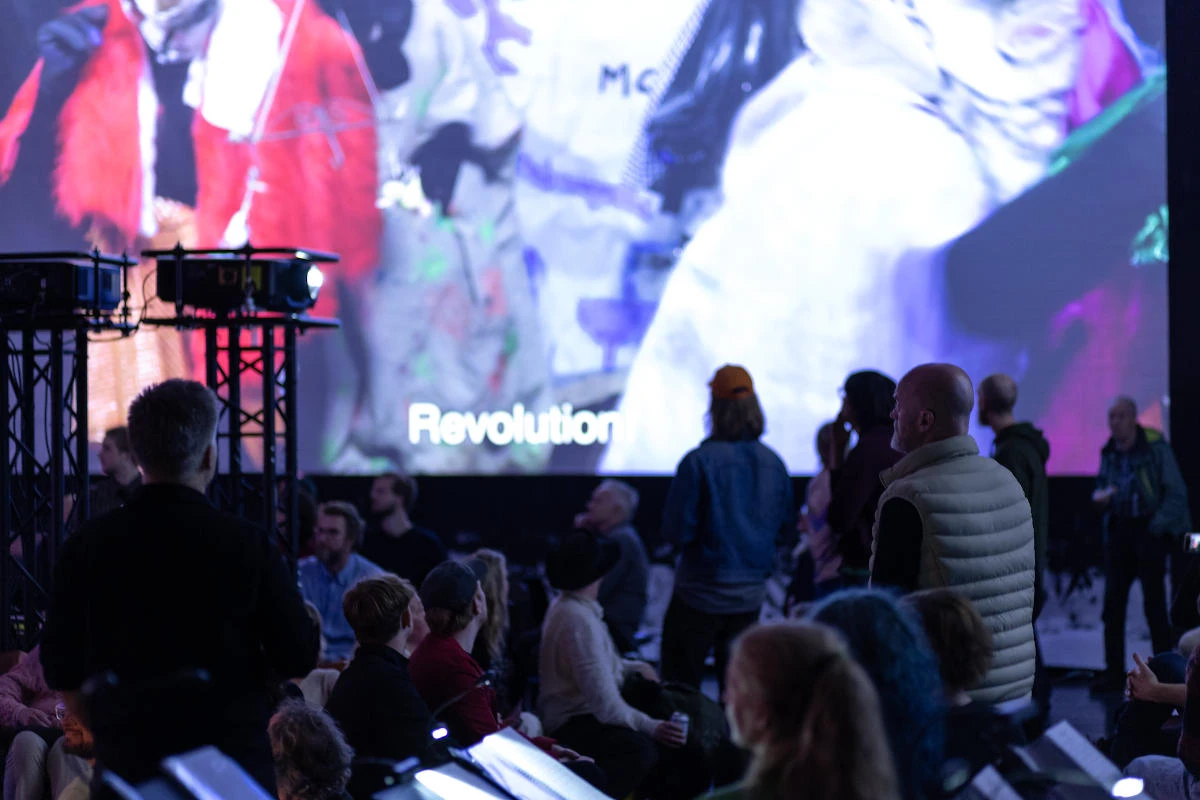
24 Sep 2025
Ultima 2025 - Oslo Contemporary Music Festival
By José Pardal Pina
Related Posts
